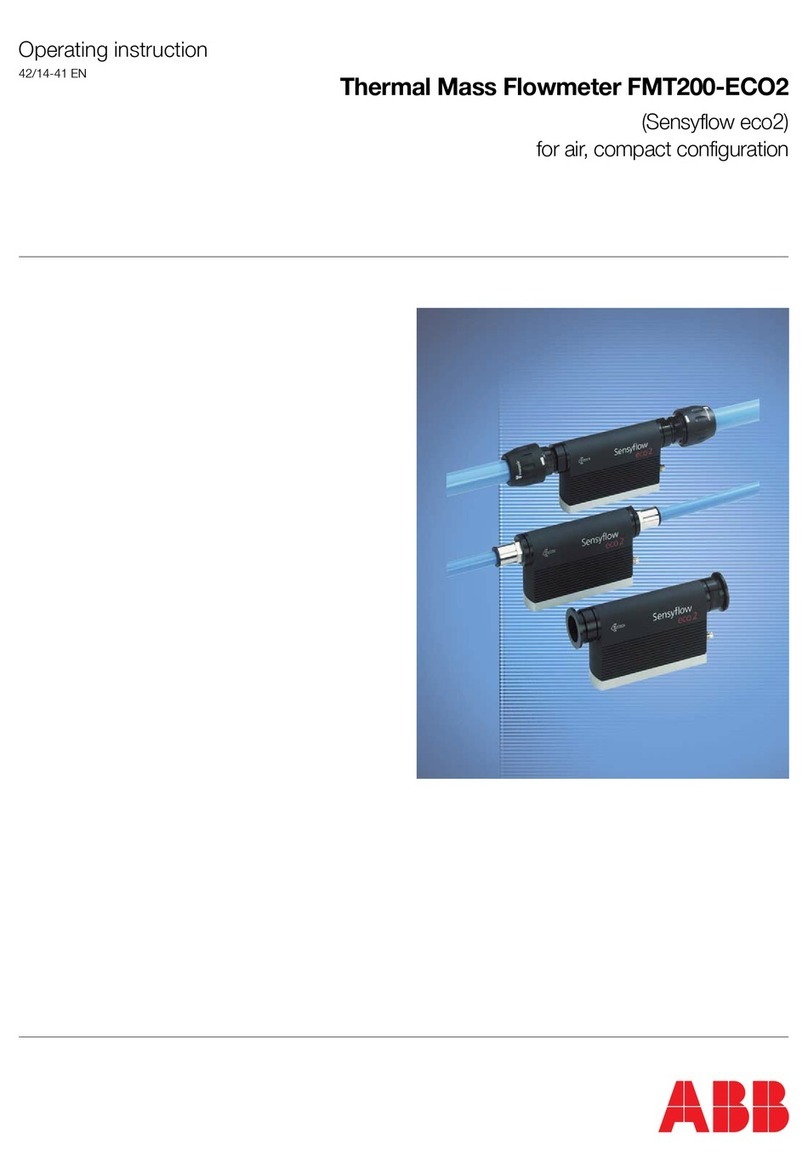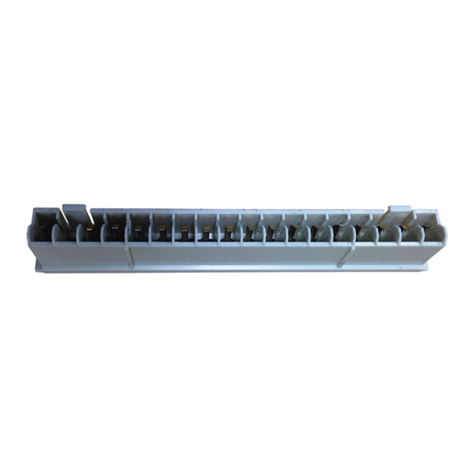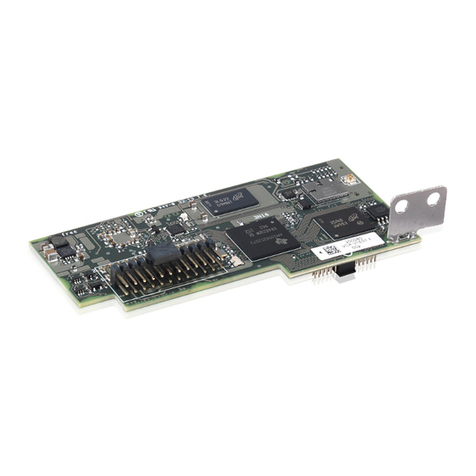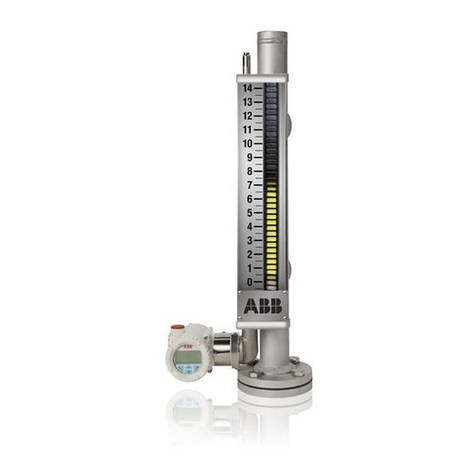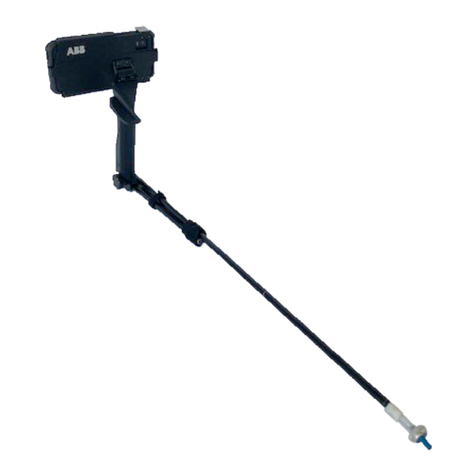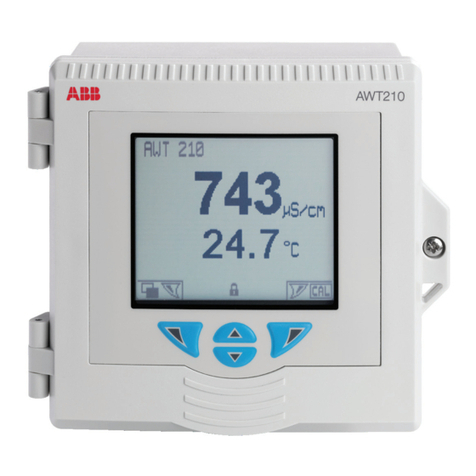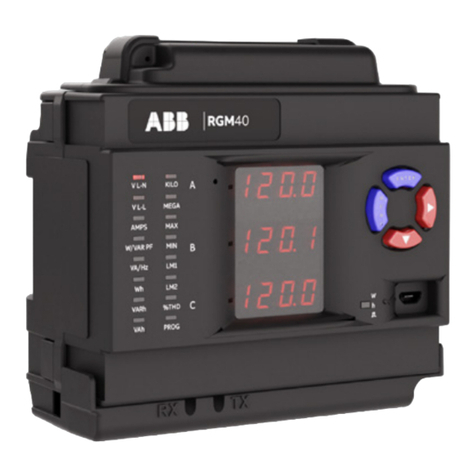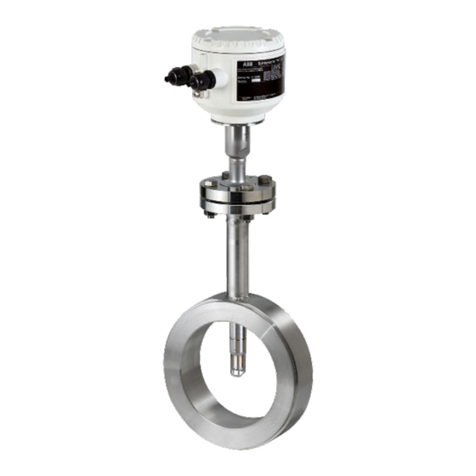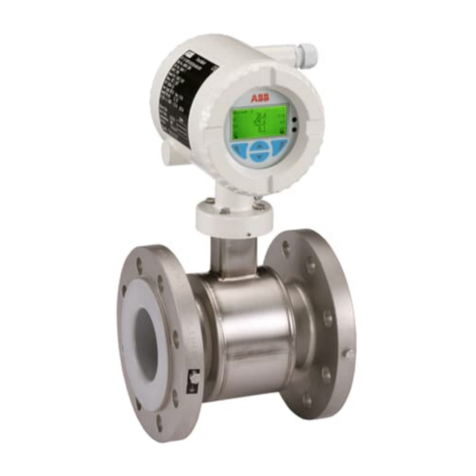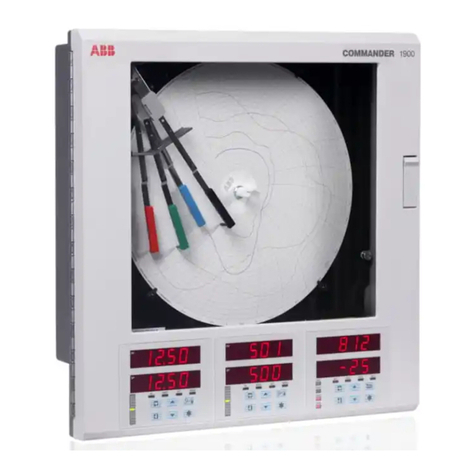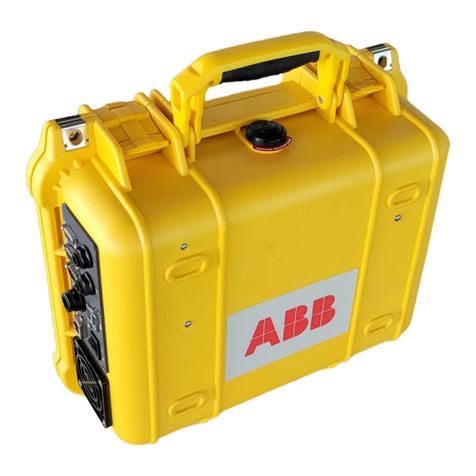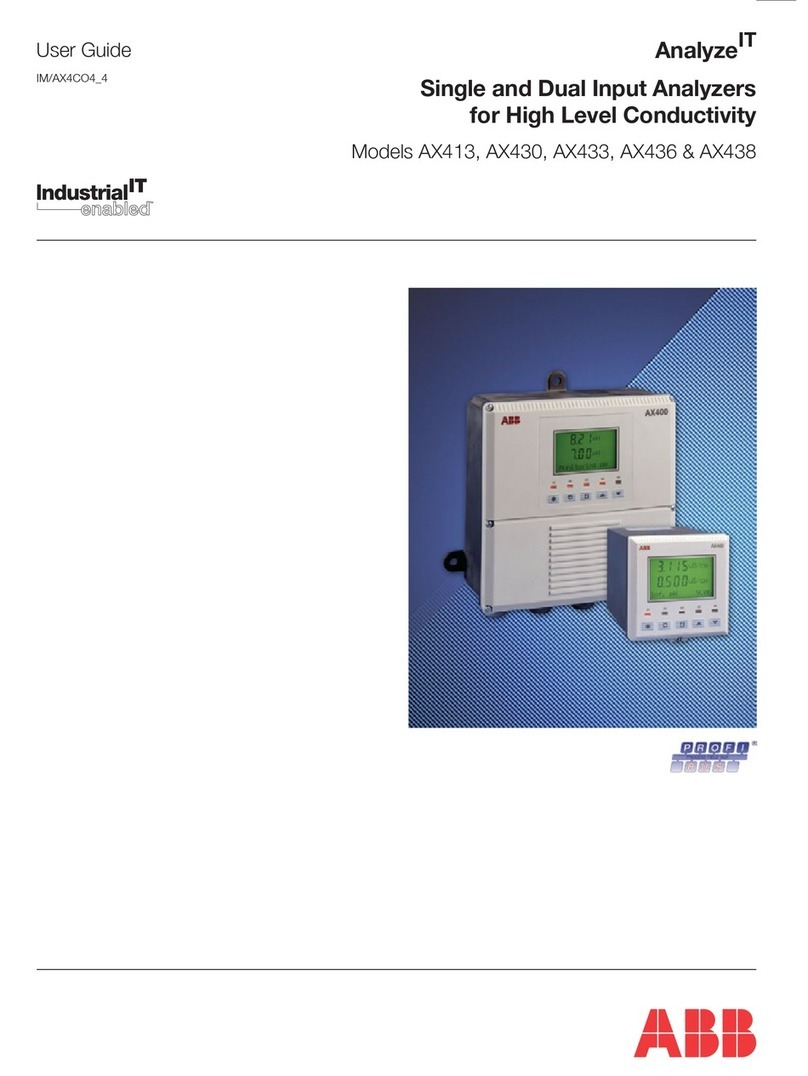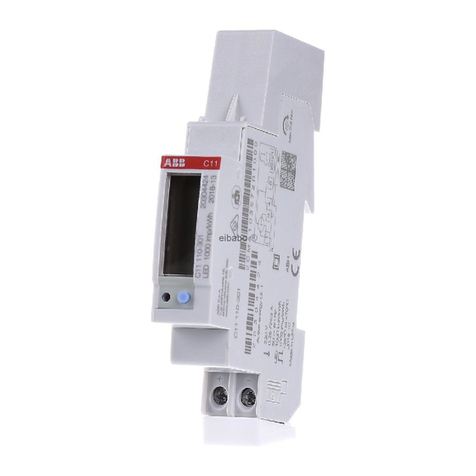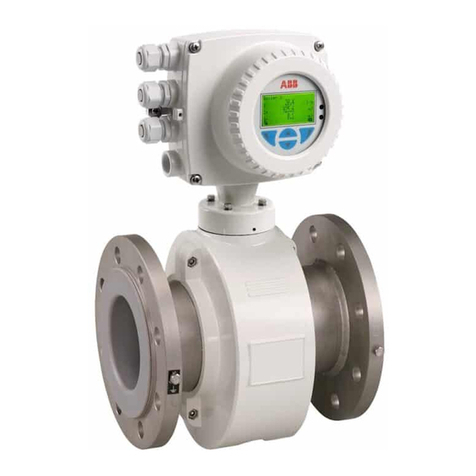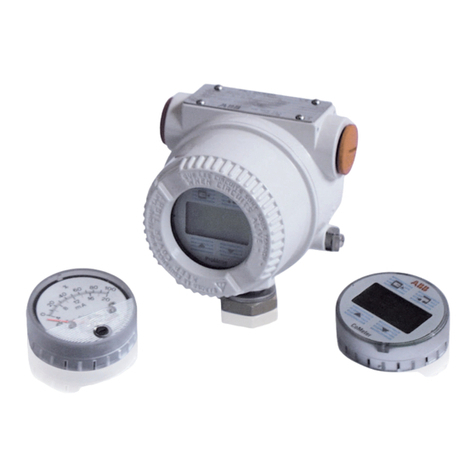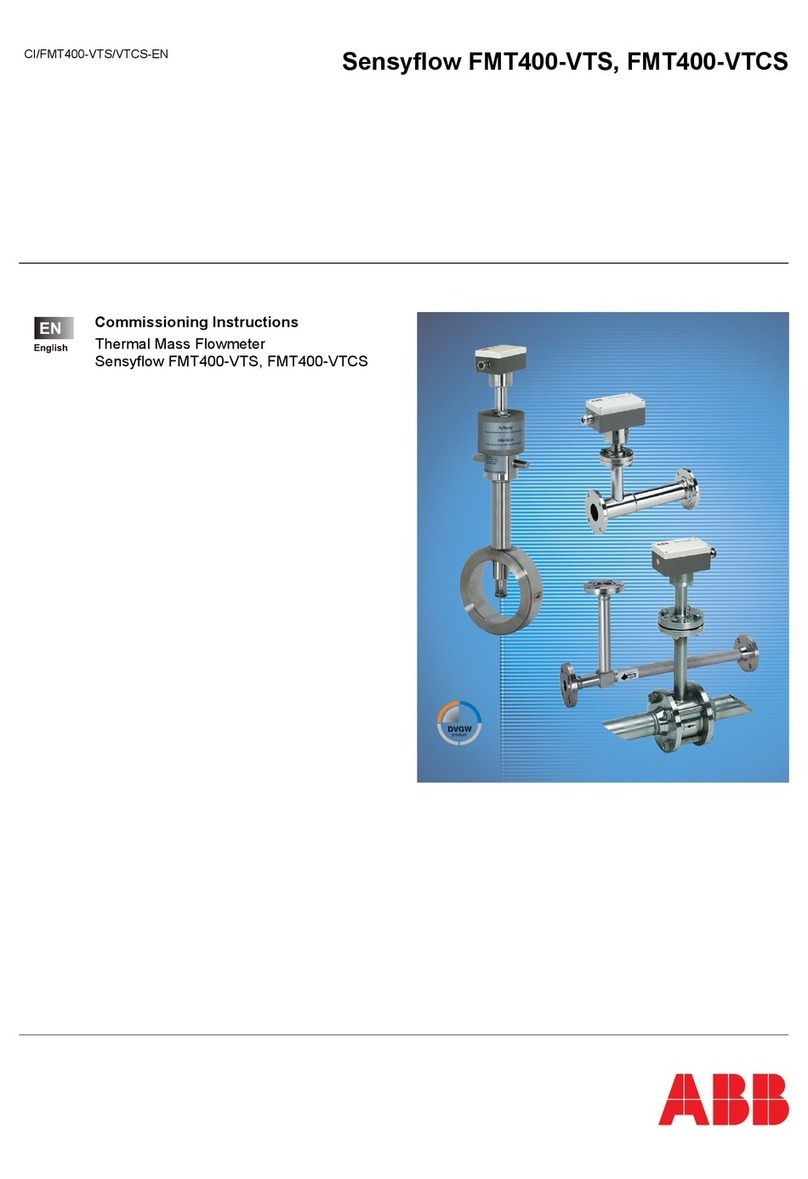
Contents
42/14-37-EN Sensyflow FMT200-D 3
1Safety.............................................................................................................................................................4
1.1 General information and notes for the reader ................................................................................................4
1.2 Intended use...................................................................................................................................................4
1.2.1 General information.................................................................................................................................5
1.2.2 Installing / Disassembling pipe components...........................................................................................6
1.2.3 Installing / Disassembling the flowmeter sensor.....................................................................................6
1.3 Target groups and qualifications ....................................................................................................................6
1.4 Warranty provisions........................................................................................................................................6
1.5 Plates and symbols ........................................................................................................................................7
1.5.1 Safety-/ warning symbols, note symbols.................................................................................................7
1.6 Name plates ...................................................................................................................................................8
1.7 Safety instructions for electrical installation ...................................................................................................8
1.7.1 Safety instructions for operation .............................................................................................................8
1.8 Returning devices...........................................................................................................................................9
1.9 Integrated management system.....................................................................................................................9
1.10 Disposal........................................................................................................................................................10
1.10.1 Information on WEEE Directive 2002/96/EC (Waste Electrical and Electronic Equipment).................10
1.10.2 RoHS Directive 2002/95/EC .................................................................................................................10
2Design and function...................................................................................................................................11
2.1 Pipe components..........................................................................................................................................12
2.2 Flowmeter sensor.........................................................................................................................................12
3Mounting .....................................................................................................................................................13
3.1 Recommended steadying lengths according to DIN EN ISO 5167-1 ..........................................................13
3.2 Verifying the conditions ................................................................................................................................14
3.3 Selecting the installation site........................................................................................................................14
3.4 Installing the flowmeter sensor and pipe components .................................................................................15
3.5 Weld-on adapter for Sensyflow FMT200-D..................................................................................................16
4Electrical connections ...............................................................................................................................18
5Commissioning ..........................................................................................................................................19
5.1 Checking the installation ..............................................................................................................................19
5.2 Connecting the power supply.......................................................................................................................19
5.3 Switching on .................................................................................................................................................19
6Parameterization ........................................................................................................................................20
7Error messages ..........................................................................................................................................20
8Specifications .............................................................................................................................................21
9Dimensions .................................................................................................................................................22
9.1 Pipe component ...........................................................................................................................................22
9.2 Weld-on adapter for Sensyflow FMT200-D..................................................................................................23
10 Appendix .....................................................................................................................................................24
10.1 Decommissioning and packaging ................................................................................................................24
10.2 Other applicable documents.........................................................................................................................24
10.3 Approvals and certifications .........................................................................................................................24
10.4 Declaration of conformity..............................................................................................................................25
11 Index ............................................................................................................................................................29
